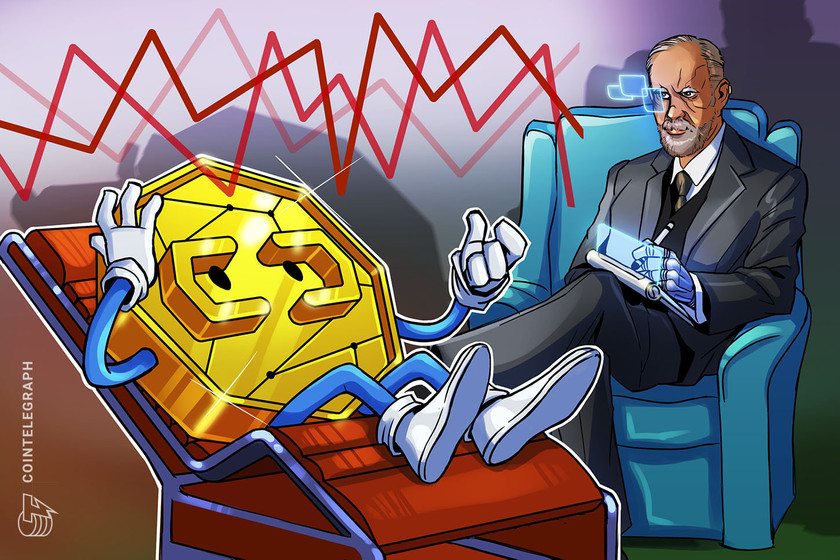Crypto exchange Bullish announces termination of SPAC deal, citing SEC practices


Bullish said it had reached a mutual agreement with Far Peak Acquisition to no longer merge in a deal for a listing on the New York Stock Exchange.
Bullish, a crypto firm that came to public attention in July 2021 for seemingly being unclear on what products or services it was offering, has announced the termination of a deal aimed at taking the company public.
In a Dec. 22 announcement, Bullish said it had reached a mutual agreement with Far Peak Acquisition to no longer merge in a deal that would have seen it listed on the New York Stock Exchange. Bullish Chair Brendan Blumer, also the CEO of Block.one, cited the United States Securities and Exchange Commission’s work to “lay new digital asset frameworks and clarify industry-specific disclosure and accounting complexities” in the company’s decision not to move forward.
“Given the time constraints and market conditions, Far Peak does not intend to seek a new merger partner and will instead focus on winding up either on March 7, 2023, or sooner if practicable,” said Bullish.
Upward, onward!
Thanks to @ThomasFarley – the most talented leader I’ve ever had the privilege of working with.
Most importantly, the growth achieved in 2022 by the @Bullish team is incredible, and we are better prepared than ever for our next chapter.https://t.co/A7iLgsuWex
— Brendan Blumer (@BrendanBlumer) December 22, 2022
The original special-purpose acquisition company, or SPAC, deal inked in July 2021 specified that either company would have the right to terminate the agreement if transactions weren’t in order by Dec. 31. Far Peak Acquisition CEO Tom Farley, the former president of the New York Stock Exchange, was expected to become the CEO of Bullish had the deal gone through.
Bullish launched in May 2021 after Block.one reportedly provided the project with 164,000 Bitcoin (BTC), $100 million in cash, and 20 million EOS tokens, with an additional funding round raising $300 million. However, perhaps due to the firm’s website originally lacking much of the information useful to investors, some crypto users at the time likened the SPAC announcement to a “news scam pump,” or Block.one otherwise making a cash grab.
Related: Crypto-focused SPAC raises $115M in Nasdaq IPO
The bear market of 2022 could have contributed to many SPAC mergers going downhill as many regulators and lawmakers look to crack down on crypto. In July, FinTech Acquisition Corp. V said it mutually terminated its SPAC merger with Israel-based crypto firm eToro, after the company dropped from a $10 billion valuation to $5 billion in roughly 12 months. On Dec. 5, stablecoin issuer Circle also announced the termination of its SPAC deal with Concord Acquisition.



